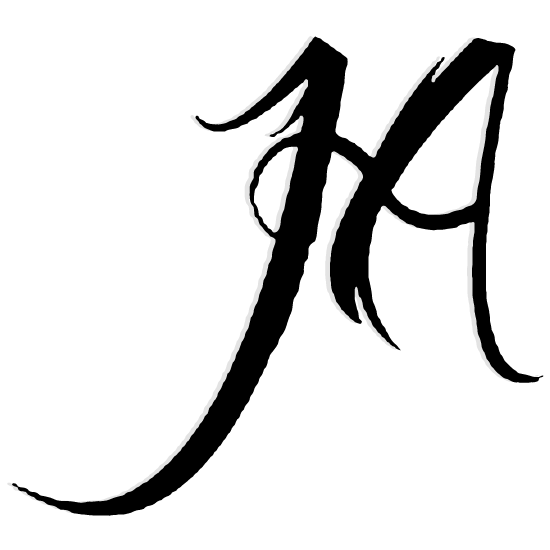It has been some time since my last post.
Not long after my last post, I heard that I was named a Principal Candidate for the Fulbright-Hays Doctoral Dissertation Research Award, which will allow me to stay in the Czech Republic and Poland for the entirety of 2025. This has been great news but changed the nature of my immediate work this past fall.
Secession Building, Vienna
Instead of going to archives and visiting different sites every week, I had to stay a bit more localized to work on practical matters to ensure I could stay here, such as applying for residency in the Czech Republic.
I have still conducted a few amazing site visits. I traveled to Vienna to see some wonderful museums and meet with a professor I am excited to work with during my time here. I also traveled to Budapest and had some great meetings that further solidified my dissertation research and shed light on how I will effectively conduct research and write over the next 12 months.
Dohány Street Synagogue, Budapest
Dohány Street Synagogue (detail), Budapest
Buda Castle at night from across the Danube River.
I have also worked on some smaller projects that I am excited to share. First, I finalized my chapter “Ugly and Out of Sight: Reconsidering the Irrational in Walter Benjamin’s Theory of Allegory” for the upcoming The Routledge Companion to Marxisms in Art History. This is a project that I have been working on for the past few years, and I am so excited for the book to come out in February. The chapter looks at Walter Benjamin’s theory of allegory and how his melding of Marxism and Jewish Mysticism defies the rational. I use the Hungarian/Indian artist Amrita Sher-Gil to explore the hold that the “rational” has on art further. I also reviewed Irina Shevelenko’s Russian Archaism: Nationalism and the Quest for a Modernist Aesthetic for the Journal Art East/Central (it should be published on the website soon), published by the Department of Art History here at Masaryk University.
Finally, I was invited to expand my study into Sher-Gil in an edited volume that studies the transnationalism of Central European female artists and designers. I will work on this chapter this month before my time as a Fulbright-Hays scholar starts on February 1. I expect to make another trip to Budapest and perhaps elsewhere in the region this month to conduct research for this text, and I look forward to sharing that experience with you all!










